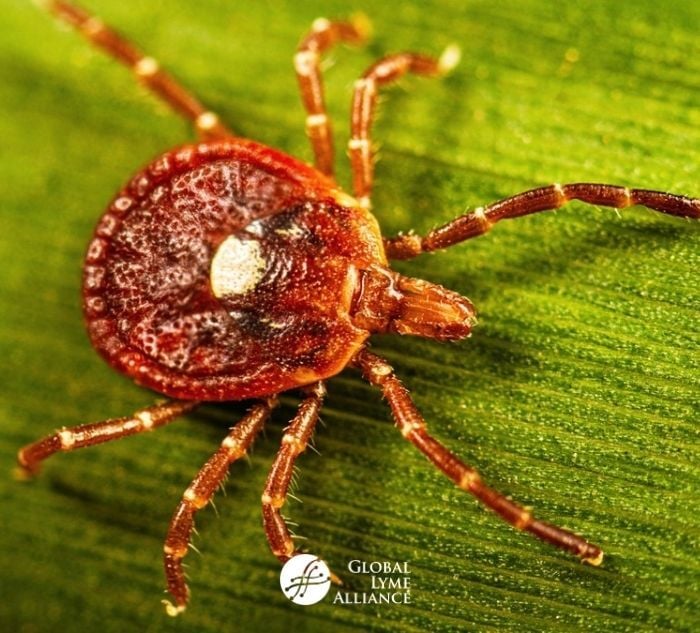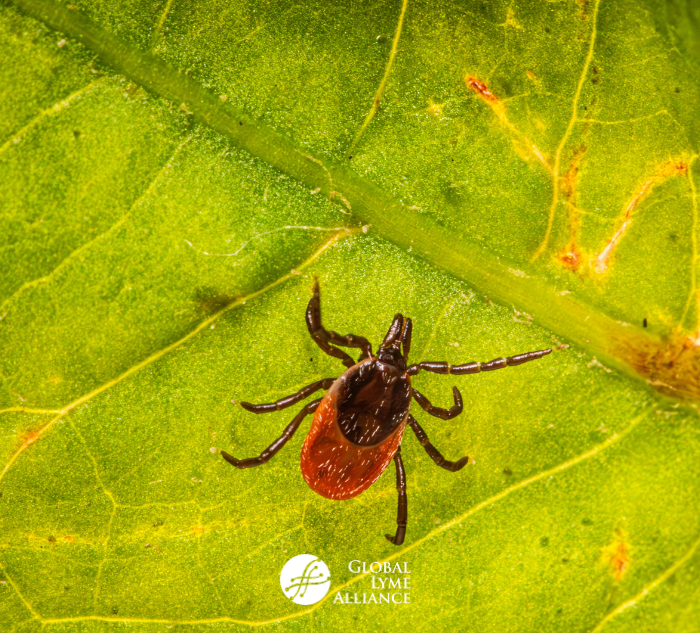
Learn the potential use methylene blue for Lyme disease patients, from its reported benefits, risks, and other insights.
At the 2024 Global Lyme Alliance Gala, Lyme warrior and founder and CEO of Peter Thomas Roth Clinical Skin Care took to the stage to talk about his harrowing experience with Lyme disease. Speaking to his journey and experience with various Lyme treatments, Roth's opening remarks were a reflection on a peculiar substance that made his tongue an electric shade of blue...
While many Lyme disease patients are hoping for the “miracle cure,” what works for one patient doesn’t always work for another. In fact, there is no set protocol for treating Lyme disease, especially advanced cases, because it all depends how long someone went before being diagnosed, whether they have other tick-borne diseases (co-infections), how their immune system responds to both infection and treatment, and what their medical history is.
Methylene blue is one of many different treatment options. Let’s walk through what it is, how it’s used, and what its benefits and side effects are.
What is Methylene blue?
Methylene blue is an antioxidant salt that was originally synthesized in the late 19th century as an aniline-based dye for the textile industry. Given its blue color, scientists began using it for microscopy stains and as an antiseptic dye. They soon they started testing it against tropical diseases. By 1891, it was shown to be an effective treatment for malaria. Before the advent of sulfonamides and penicillin, it was widely used as a medical treatment.
Today, methylene blue is only FDA-approved to treat methemoglobinemia, a rare and life-threatening disorder where high amount of methemoglobin, a type of hemoglobin, is present in the blood, which creates problems getting oxygen to the blood. While this is the only approved use of methylene blue, it has been studied on and/or used off-label for Alzheimer’s disease, psychiatric disorders, Lyme disease, and bartonella.
How does Methylene blue help Lyme disease?
Methylene blue has antimicrobial, antioxidant, and antidepressant capabilities. In laboratory studies, it’s shown to be particularly effective against persister biofilms, which can be an issue for Lyme and bartonella patients. It may also be helpful with mold and viruses, and may increase ATP levels. Methylene blue has not yet been studied on animals or humans with any of these conditions, so more research is needed.
Like other medications originally intended to treat different conditions, methylene blue is being tried off-label by some Lyme Literate Medical Doctors (LLMDs). Dr. Erica Lehman, an integrative physician and tick-borne disease specialist, has observed significant improvements in symptoms such as fatigue, depression, brain fog, and anxiety among patients treated with methylene blue. Dr. Richard Horowitz uses it as part of his dapsone protocol (a drug originally used to treat leprosy!). Other healthcare providers report positive outcomes with methylene blue in treatment of Lyme and co-infections.
Risks of Methylene Blue
While methylene blue holds promise against tick-borne illness, it does also pose serious risks. Higher doses of methylene blue can cause serotonin syndrome, which occurs when the brain’s serotonin receptors are overstimulated. Serotonin syndrome can cause symptoms including but not limited to anxiety, agitation, delirium, racing heartbeat, chest pain, sweating, hypertension, diarrhea, vomiting, tremors, dilated pupils, headache, shivering, and loss of muscle coordination.
Methylene blue will dye your urine and stool blue. It can also interact with certain medications such as MAOIs, SSRIs, SNRIs, and even Tylenol, and with certain foods like cured meats, some cheeses, and alcohol. Talk with your LLMD to weigh the risks and benefits of methylene blue and determine if it might be right for you.
Sources:
https://rawlsmd.com/treatment-guide/methylene-blue
https://bmcmicrobiol.biomedcentral.com/articles/10.1186/s12866-020-01777-9
https://www.ncbi.nlm.nih.gov/books/NBK350467/
***
The above material is provided for information purposes only. The material (a) is not nor should be considered, or used as a substitute for, medical advice, diagnosis, or treatment, nor (b) does it necessarily represent endorsement by or an official position of Global Lyme Alliance, Inc. or any of its directors, officers, advisors or volunteers. Advice on the testing, treatment or care of an individual patient should be obtained through consultation with a physician who has examined that patient or is familiar with that patient’s medical history.








